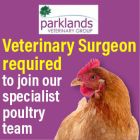UCD Research - November 2023
Anatomy Dissection Lab team wins Green Labs Award
This month’s update highlights the awarding of the My Green Labs top Biorepository Award to the team at the UCD School of Veterinary Medicine Anatomy Dissection Lab recently, and also reports on a new research project on canine dry eye disease from the Veterinary Biosciences section
In association with

Catherine McCarney
Senior technical officer, Anatomy Dissection
UCD School of Veterinary Medicine
Andrea Van Dexter
Final year veterinary student
UCD School of Veterinary Medicine
Alison L Reynolds
Assistant Professor in Veterinary Biosciences
Veterinary Sciences Centre
UCD School of Veterinary Medicine
The team from the UCD School of Veterinary Medicine Anatomy Dissection Lab were awarded the My Green Labs top Biorepository Award in the Academic sector of the Annual International Freezer Challenge in September. This year, nearly 2,000 laboratories around the world participated, the greatest number since the competition began in 2017. The competition promotes energy efficiency through best practice in cold storage management, including engaging in activities enhancing sample integrity, ensuring sample accessibility, and optimising energy efficiency. The team, comprising senior laboratory attendants Jane Brennan and Soudeh Ziapour, and led by senior technical officer Catherine McCarney, were delighted to have this recognition of excellence in an often overlooked aspect of their role.
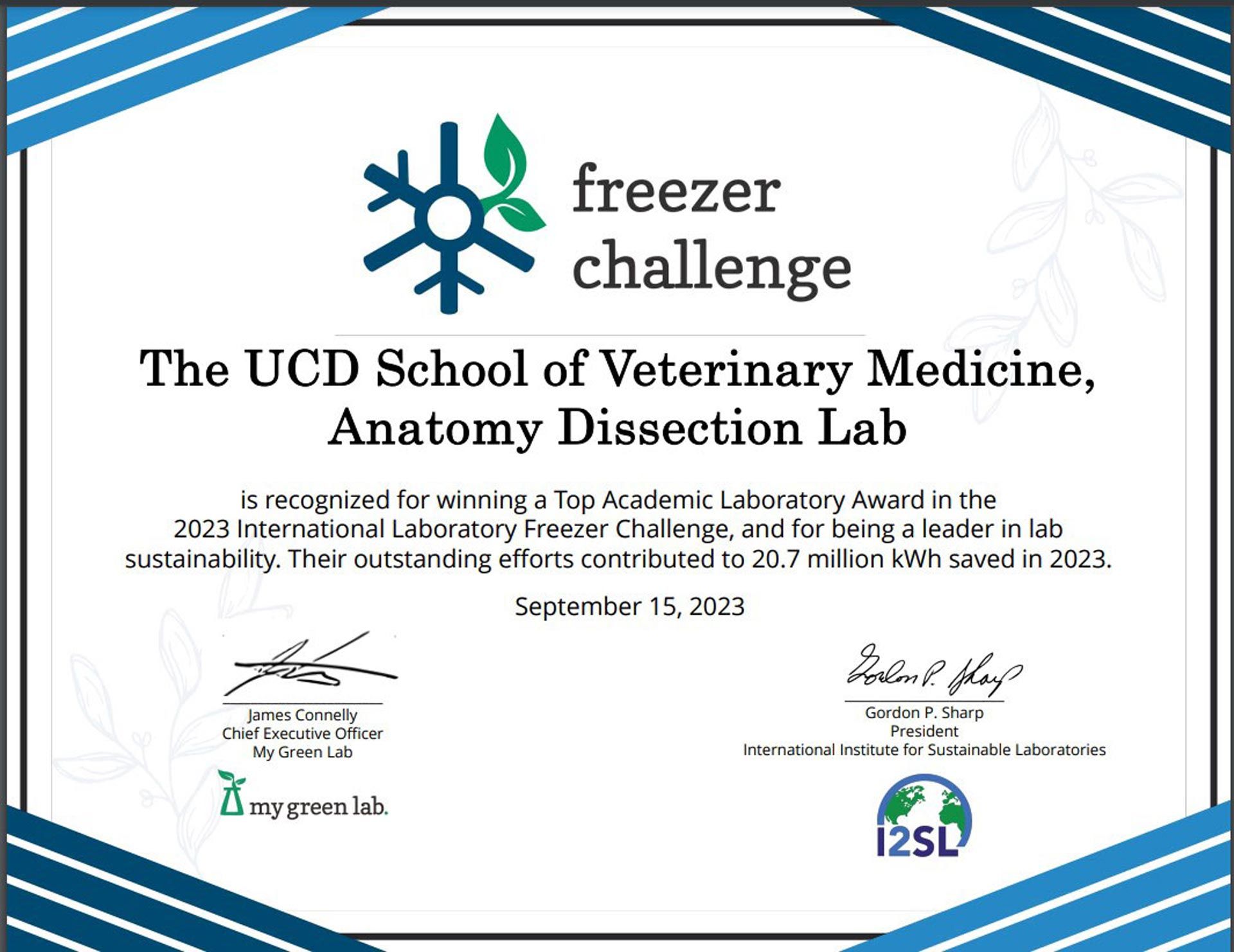
Figure 1: Lab Certificate for the Anatomy Lab.
The benefits of appropriate freezer management in the UCD Anatomy Lab are not limited to energy efficiency and environmental sustainability. Another key outcome of appropriate and careful management of all aspects of cold storage is accessibility for the school to excellent learning specimens, and a capacity to provide cadaveric learning opportunities in anatomy and surgery to students in both the veterinary medicine and veterinary nursing programmes.
The specimens in the collection have largely been donated for use in the school by owners through the schools Body Donor Programme. Working with participating veterinary practices, the Body Donor Programme provides owners with the opportunity to donate the remains of their deceased animals to the UCD School of Veterinary Medicine to help train future vet and vet nurses. This programme operates with approval from the University Animal Ethics Committee, and owner consent is available for each animal donated. This consent is a source of reassurance and comfort to students and staff alike.
There are a limited number of wild animals that the school acquires post-mortem and retains for use in teaching and research activities. These animals are often sent to the school for necropsy and any remains are used under a wildlife dealers license from the Department of Agriculture, Food, and the Marine. Appropriate freezer management and upkeep of records is a condition under this licence, and should the wildlife ranger conduct a spot check, any wild animal that remains on our register can be requested for examination. UCD says it is an honour for staff and students to be given the opportunity to work with these specimens and the achievement of the Top Biorepository Award acknowledges the work of the small team behind the scenes who strive to sustainably manage this important facility.
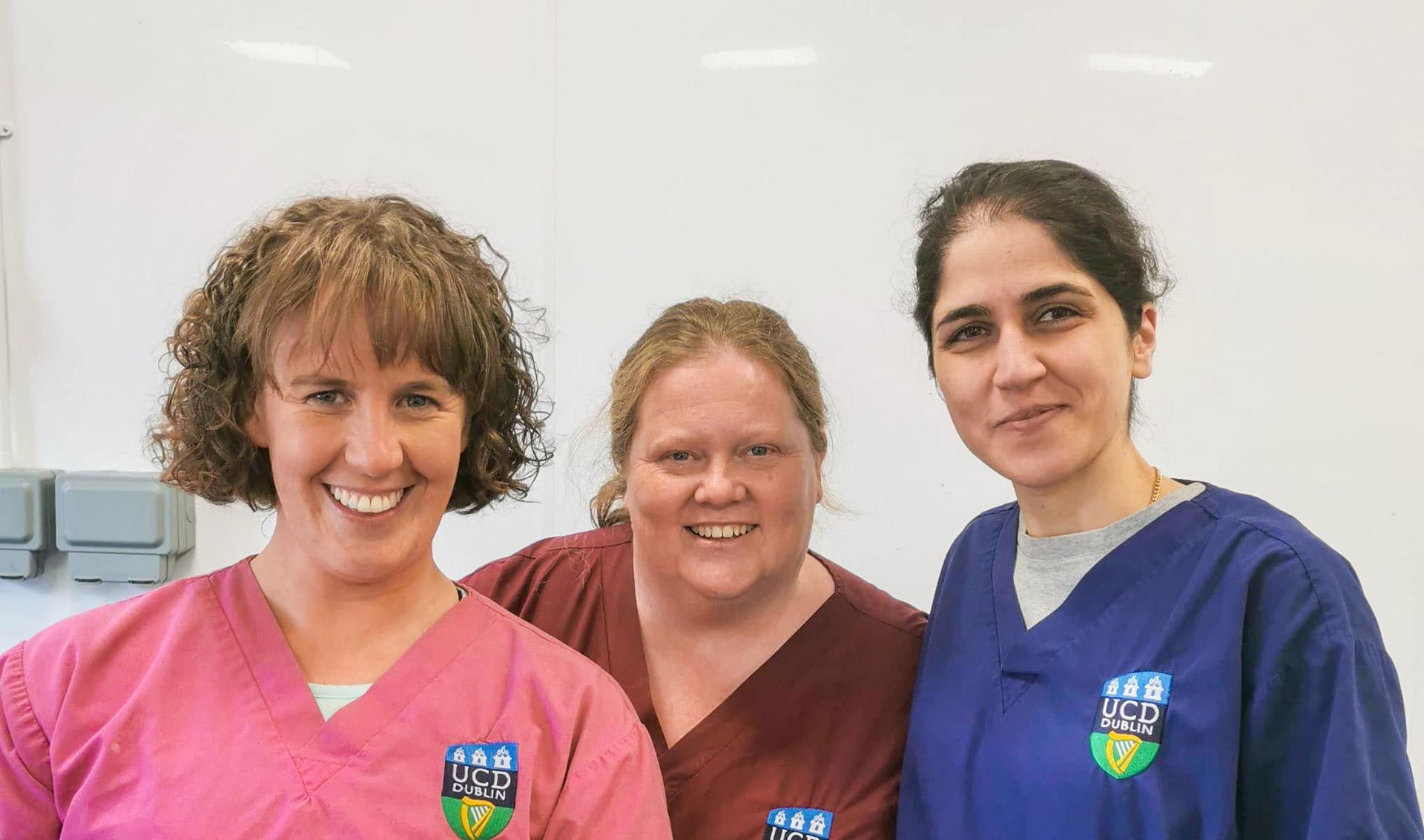
Figure 2: The Anatomy Lab team: senior lab attendants Jane Brennan (left) and Soudeh Ziapour (right), with senior technical officer Catherine McCarney (centre).
Canine Dry Eye Disease Research project
This summer, Andrea Van Dexter, a final year veterinary student, carried out a research project on canine Keratoconjunctivitis sicca (KCS, dry eye disease) under the supervision of Dr Alison Reynolds in the Veterinary Biosciences section. KCS is a disease of the ocular surface and results from a deficiency of the aqueous, lipid and/or mucin component of the tear film, leading to chronic ocular surface friction and inflammation. KCS is generally immune mediated though can be the result of many other influences such as congenital, neurogenic or iatrogenic alacrima (Gould, 2014).
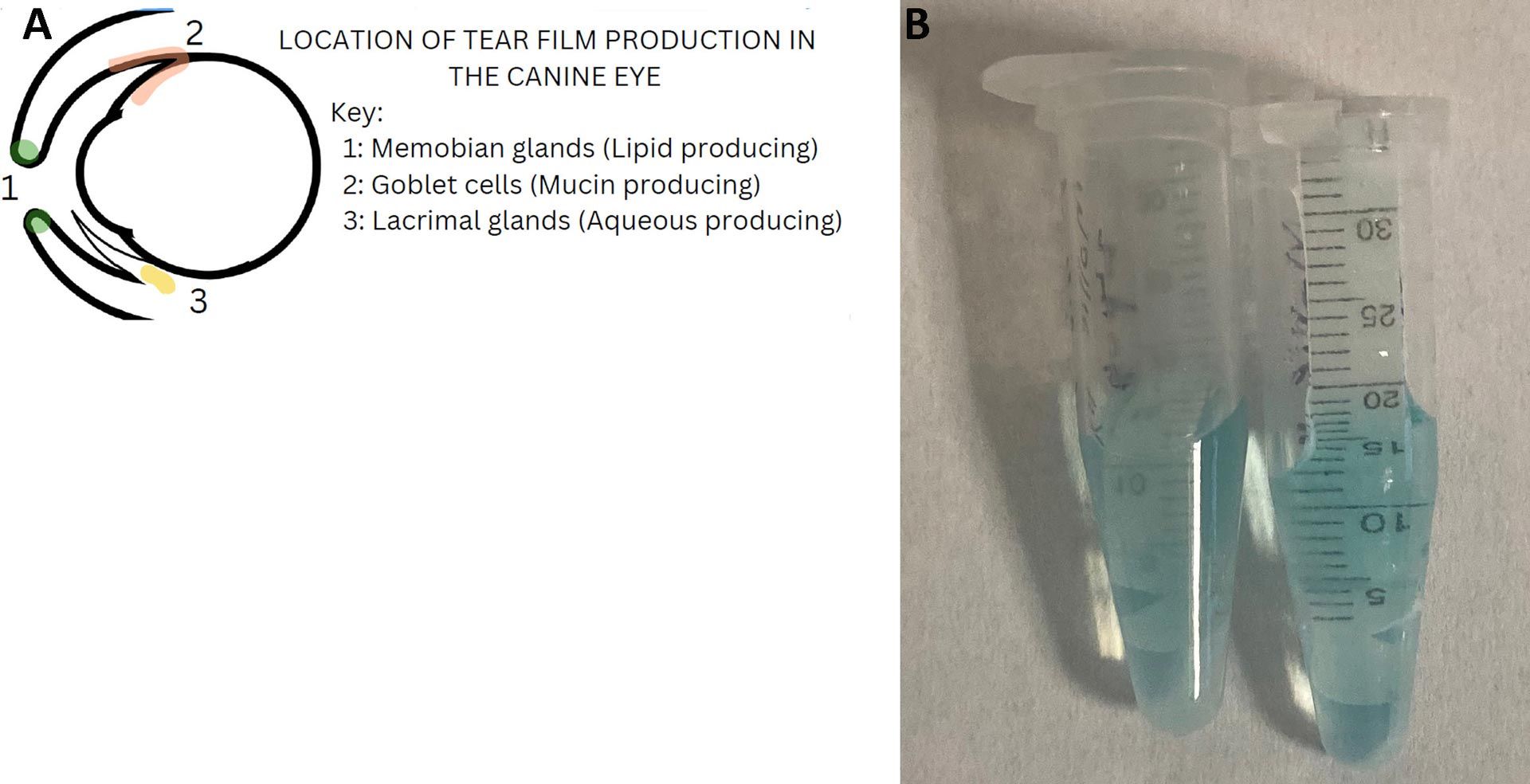
Figure 3: A) Diagram of the ocular surface depicting the location of production of the lipid, mucin and aqueous components of the tear film.
B) Schirmer’s test strips awaiting extraction of RNA.
It can develop as a primary disease or secondary to other conditions such as endocrine disorders. In human KCS, diagnostic biomarkers have been identified and isolated from Schirmer’s filter paper strips used to record tear volume (Bachhuber, 2021; Fig 3). Such biomarkers may be used to identify disease at an earlier timepoint, assisting diagnosis or helping to stratify patients to identify those that may respond more optimally to a specific therapy.
The purpose of the study was to identify potential biomarkers present in canine KCS using the literature and evaluate whether biological material (RNA) could be isolated from Schirmer’s tear test strips used as part of a clinical exam in dogs (ethical exemption granted from UCD Animal Research Ethics Committee). A scoping review of the literature was performed using the Pubmed database which identified 19 relevant studies. 27 biomarkers were reported to be changed in various superficial and deep ocular tissue samples in canine KCS. In general, biomarkers associated with pro-inflammatory processes were up-regulated, whereas those associated with mucin production were down-regulated.
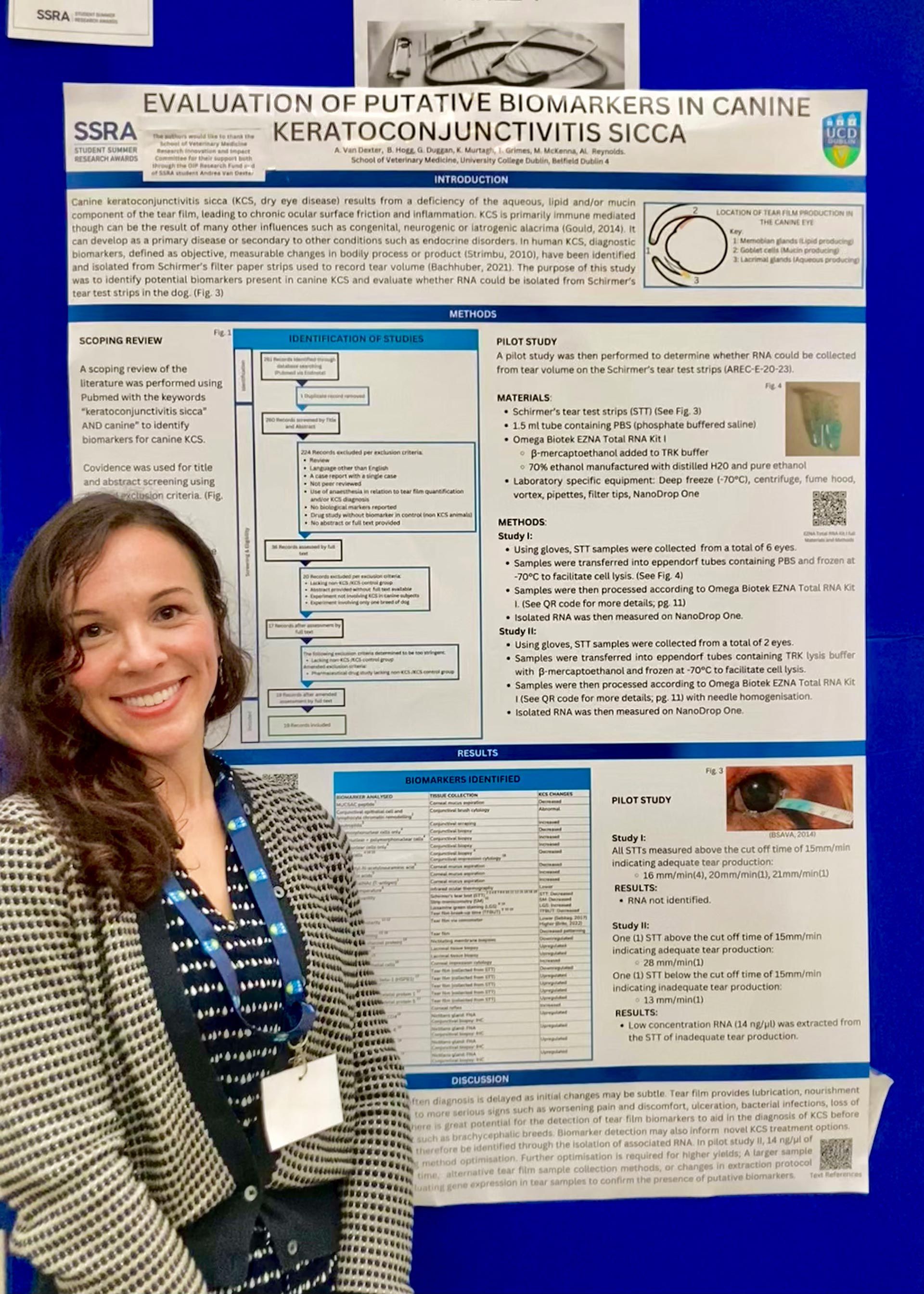
Figure 4: Andrea Van Dexter presenting a poster at the Summer Student Research Awards.
In the lab, methods are being optimised to extract RNA for gene expression analysis from Schirmer’s tear test strips used as part of a standard clinical exam. Initial tests show RNA extraction is possible, however the yield is low. Once methods have been optimised, the levels of biomarkers in dogs with and without dry eye will be evaluated.
This cross-disciplinary collaborative project involves a number of clinical colleagues:
- Dr Kevin Murtagh, Adjunct Associate Professor Terence D Grimes, and Dr Myles McKenna in the UCD Veterinary Hospital; and,
- Dr Bridget Hogg and Dr Gina Duggan in the veterinary biosciences section.
The researchers thank the School of Veterinary Medicine Research Innovation and Impact Committee for their support of the project (OIP funding).
References
Bachhuber F, Huss A, Senel M, Tumani H. Diagnostic biomarkers in tear fluid: from sampling to preanalytical processing. Sci Rep. 2021 May 12;11(1):10064. doi: 10.1038/s41598-021-89514-8. PMID: 33980989; PMCID: PMC8114924.
Gould D, McLellan GJ and British Small Animal Veterinary Association. 2014. BSAVA Manual of Canine and Feline Ophthalmology (3rd Ed). Quedgeley, Gloucester: British Small Animal Veterinary Association.
In association with

Catherine McCarney
Senior technical officer, Anatomy Dissection
UCD School of Veterinary Medicine
Andrea Van Dexter
Final year veterinary student
UCD School of Veterinary Medicine
Alison L Reynolds
Assistant Professor in Veterinary Biosciences
Veterinary Sciences Centre
UCD School of Veterinary Medicine


